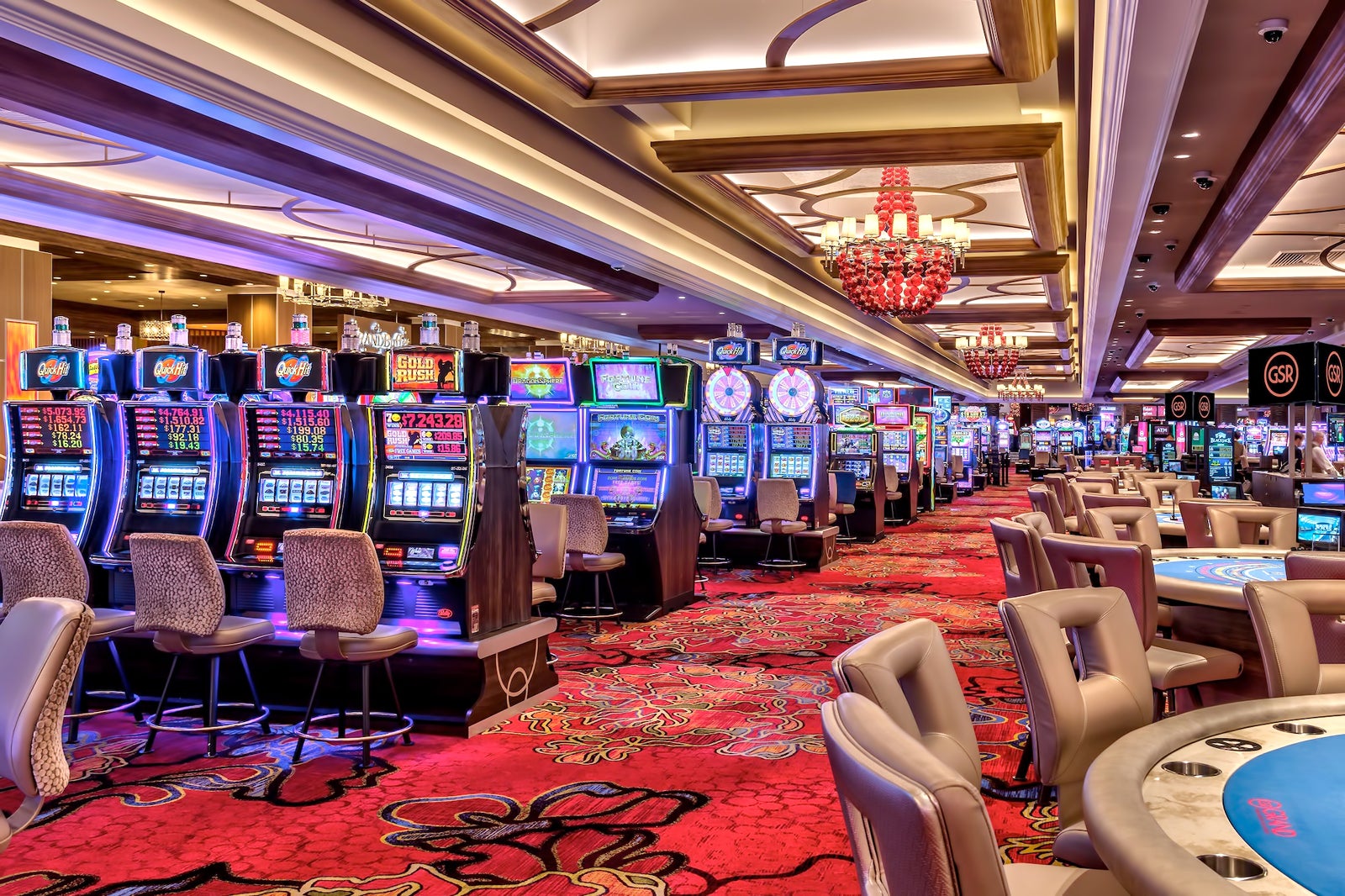
Gambling games have long captivated the human imagination, drawing players into a realm filled with chance, tactics, and the allure of excitement. Each game is carefully crafted not just for fun, but also to inspire particular emotional responses that keep gamblers immersed and interested. Understanding the drives behind these designs reveals much about how psychology plays a key role in the gaming experience.
From the dazzling lights and lively sounds to the intricate layering of rules and incentives, casino games are designed to create an atmosphere of excitement and eagerness. Game designers leverage psychological principles to influence participant behavior, whether through the use of big prizes, close-call situations, or social interactivity. By examining these aspects, we can better appreciate how casino games fulfill not just a need for entertainment, but more profound psychological needs for adventure and risk.
Grasping Player Actions
Casino games are designed with a deep comprehension of player psyche, which is essential for drawing in and keeping players. The thrill of the game, coupled with the expectation of winning, produces a powerful attraction. Game designers make use of elements like audio cues, dynamic graphics, and captivating gameplay to seize attention and elicit emotional responses. These sensory elements enhance the overall experience, making players feel more invested in the game.
Another notable aspect of player behavior is the notion of risk versus reward. Casino games often weigh high-risk scenarios with the potential for considerable rewards, which can lead to the occurrence known as near-miss phenomenon. When players come near to winning, the brain secretes dopamine, strengthening their behavior and motivating them to continue playing in pursuit of that hard-to-reach win. This cycle of anticipation and frustration plays a critical role in how games are structured and promoted.
Lastly, social factors also play a central role in player behavior at casinos. Many games are designed to be played in groups or with other players, nurturing a sense of community and collective experience. The community engagement inherent in games like blackjack enhances enjoyment and can result in extended gameplay. Designers take advantage on this by designing environments that invite players to stay, interact, and come back, making the overall casino experience more appealing.
The Role of Imagery and Audio
Visuals and audio play a crucial role in elevating the gambler’s experience within casino games. Designers utilize vibrant colors, striking graphics, and engaging animations to grab gambler’s attention and hold their interest. The use of themes, such as exploration or luxury, helps create an enthralling atmosphere that transports players into a different world. By connecting to the senses, these elements contribute to a intensified emotional response, encouraging players to interact more deeply with the games.
Sound design is equally important in enhancing the experience of casino games. The combination of background music, audio effects for winning combinations, and environmental noises creates an sound landscape that keeps players enthralled. casino en ligne Audio cues associated with wins, such as chiming bells or festive music, evoke feelings of thrill and satisfaction, encouraging players to continue playing. These audio cues are carefully placed to amplify the excitement of the game and create a more engaging experience.
Additionally, the synchronization of visuals and audio is essential for reinforcing the game’s overall theme and mood. Each element should coordinate seamlessly to create a cohesive experience that pulls players in. The effective use of this integration not only improves user satisfaction but also boosts the chances of repeat play, as players become more engaged in the immersive world that the casino games offer. This thoughtful integration of imagery and audio ultimately enhances player engagement and loyalty.
Reward Structures and Engagement
The design of gambling games significantly depends on incentive structures to keep participants engaged and returning for more. These structures are based in psychological theories that take advantage of human behavior and motivation. Players are often motivated by the excitement of winning, which is supported by immediate responses through the game’s mechanics. This instant gratification not just improves the overall experience but also fosters a feeling of success, prompting participants to keep playing in hopes of greater gains.
Casinos adopt various incentive systems, including large payouts, bonuses, and multipliers, to engage players. These features create a level of excitement that maintains engagement. Additionally, the randomness of outcomes plays a crucial role in keeping interest. The variable reward system, where wins are random but occur often enough, keeps players on edge and driven to keep playing. This loop of anticipation and anticipation is foundational to the effectiveness of casino games.
Furthermore, community aspects, such as tournaments and multiplayer features, enhance the engagement factor by tapping into the desire to compete of participants. The communal aspect of gaming with fellow participants can amplify the excitement of winning and create a community atmosphere within the gaming space. By combining these social dynamics with effective reward systems, casino games not only provide fun but also foster a deeper connection among participants, reinforcing their loyalty to the overall experience.
